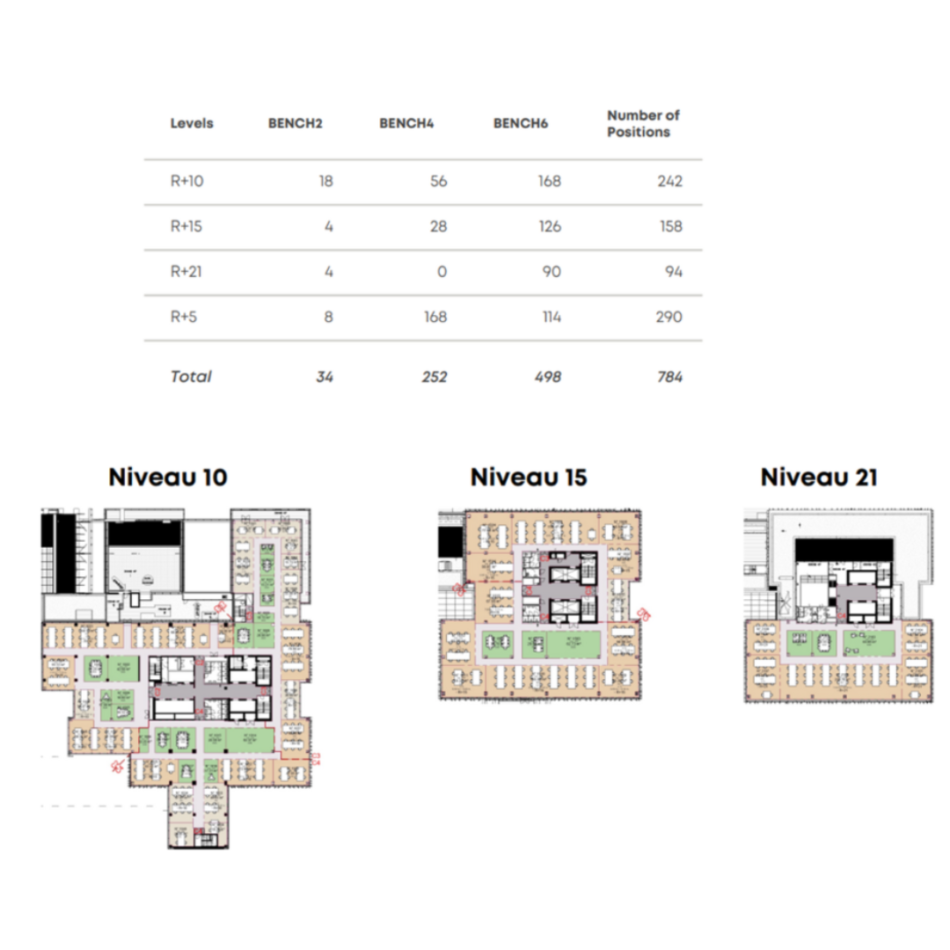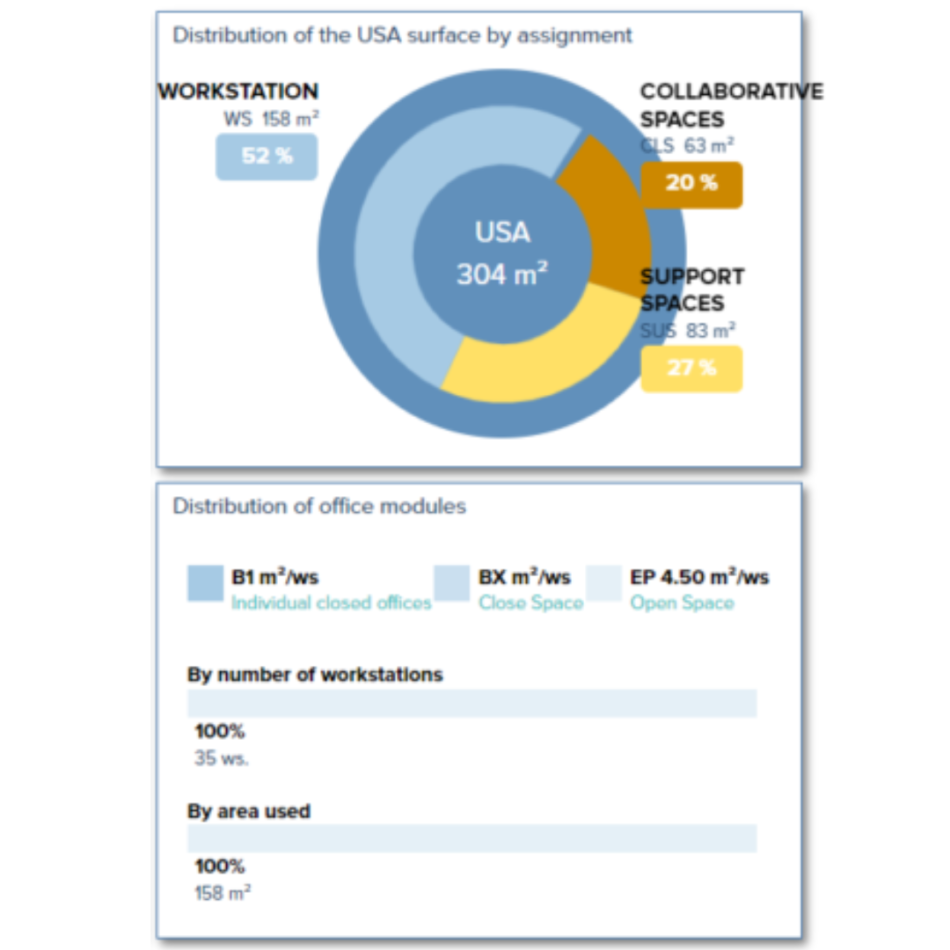How can adopting a smart workplace strategy lead to tangible benefits and measurable outcomes? In this article, we will explore the tangible benefits and measurable outcomes that can be achieved by adopting a smart workplace strategy.
In today’s rapidly evolving business landscape, organizations are continually seeking ways to enhance productivity, streamline operations, and boost employee satisfaction. One solution that has gained significant traction is the implementation of a smart workplace. A smart workplace leverages advanced technologies and data-driven insights to create an environment that maximizes efficiency and empowers employees. But what exactly is the return on investment (ROI) of a smart workplace?
1. Enhanced Productivity:
- Connectivity and Collaboration: A smart workplace fosters seamless communication and collaboration among employees, enabling them to share ideas, knowledge, and resources effortlessly. This enhanced connectivity leads to improved productivity and faster decision-making processes.
- Automation and Efficiency: Intelligent automation tools and smart devices streamline repetitive tasks, freeing up valuable time for employees to focus on more strategic and creative activities. This increased efficiency directly impacts productivity and accelerates business outcomes. Imagine a smart workplace equipped with intelligent automation tools and smart devices. In this setting, mundane and repetitive tasks like data entry, report generation, and scheduling meetings are seamlessly automated. This automation significantly reduces the time spent on these routine activities, allowing employees to redirect their energy towards more strategic and creative endeavors. Instead of being bogged down by administrative burdens, employees can focus on brainstorming innovative ideas, engaging in collaborative projects, and nurturing client relationships. This newfound efficiency not only boosts individual productivity but also accelerates overall business outcomes. With employees empowered to work on high-value tasks, the office becomes a hive of innovation and productivity, driving the organization forward.
2. Cost Savings & Space Optimization:
Smart sensors and occupancy tracking technologies provide valuable insights into space utilization. This data enables organizations to optimize workspace layouts, reduce underutilized areas, and potentially downsize, resulting in substantial cost savings on real estate expenses.

3. Improved Employee Experience
Smart workplaces integrate wellness-focused technologies, such as ergonomic furniture, adjustable standing desks, and air quality monitoring systems. These features contribute to a healthier work environment, reducing employee stress levels and improving overall well-being.
Smart workplaces also often offer flexible work arrangements, remote work options, and digital collaboration tools, enabling employees to achieve a better work-life balance. This flexibility has been linked to increased job satisfaction and reduced stress levels. For instance, a study conducted by the International Workplace Group (IWG) found that 85% of businesses reported an increase in productivity due to greater flexibility. Similarly, a survey conducted by FlexJobs revealed that 82% of respondents agreed that flexible work options would make them more loyal to their employers.
4. Data-Driven Decision Making
- Real-time Analytics: Smart workplaces generate vast amounts of data on various aspects, including space utilization, employee behaviors, and resource consumption. By harnessing this data through analytics platforms, organizations gain valuable insights that inform strategic decision-making, resource allocation, and process optimization.
- Predictive Maintenance: Smart sensors embedded in equipment and infrastructure enable proactive maintenance by monitoring performance and detecting anomalies. Predictive maintenance reduces unplanned downtime, extends the lifespan of assets, and lowers maintenance costs.


Conclusion
Investing in a smart workplace offers compelling ROI for organizations across multiple dimensions. From enhanced productivity and cost savings to improved employee experience and data-driven decision-making, the benefits are substantial. By harnessing the power of advanced technologies and leveraging data-driven insights, organizations can unlock the full potential of their workforce, increase operational efficiency, and position themselves for long-term success in an increasingly competitive marketplace.
Remember, embracing a smart workplace strategy requires careful planning, implementation, and ongoing monitoring to ensure optimal results. As technologies continue to advance, organizations that invest in creating intelligent and adaptive work environments will be well-positioned to thrive in the digital age.
Do you need help in rethinking your work environment ? We can help you






